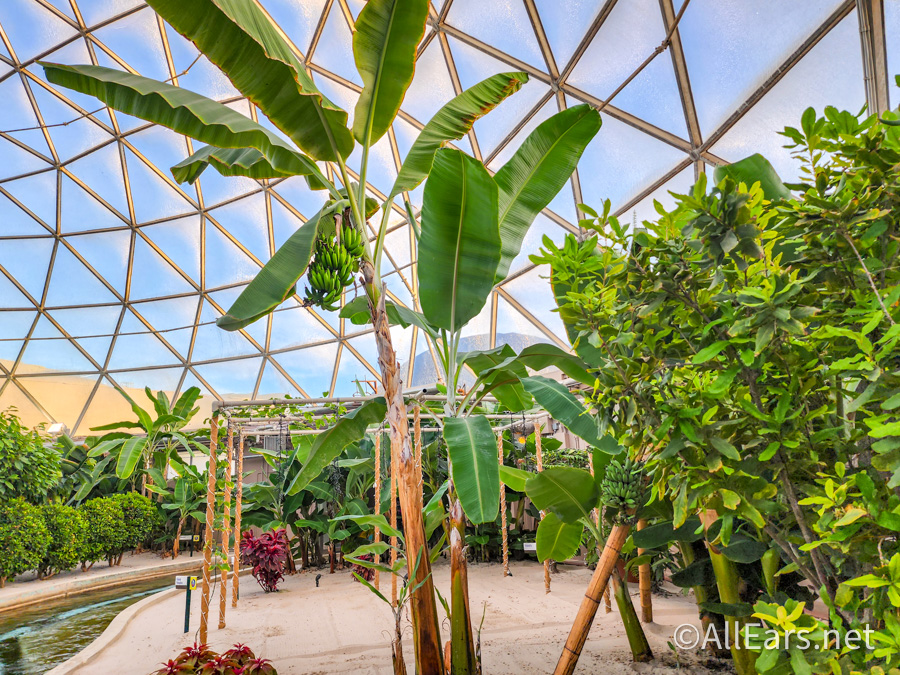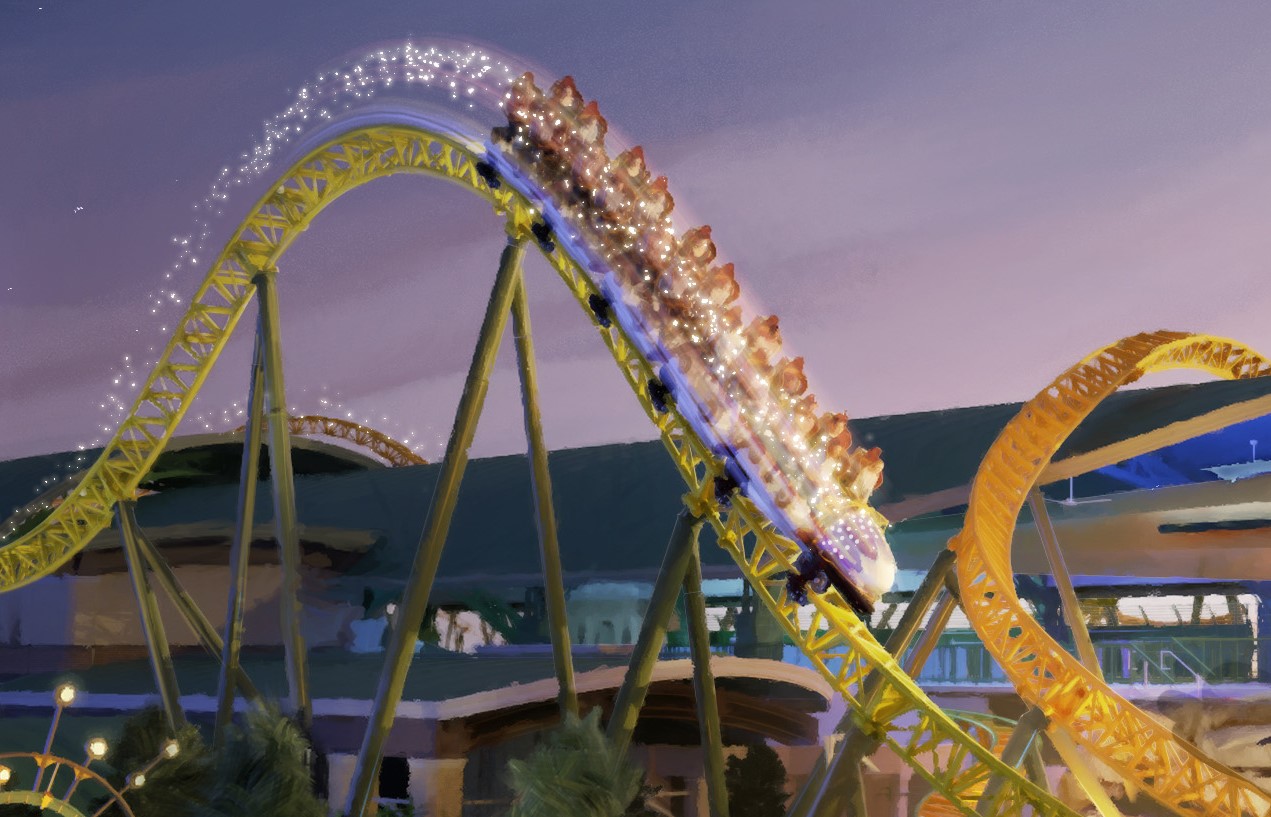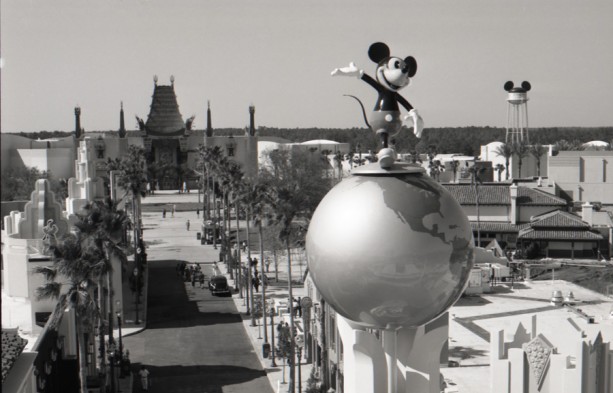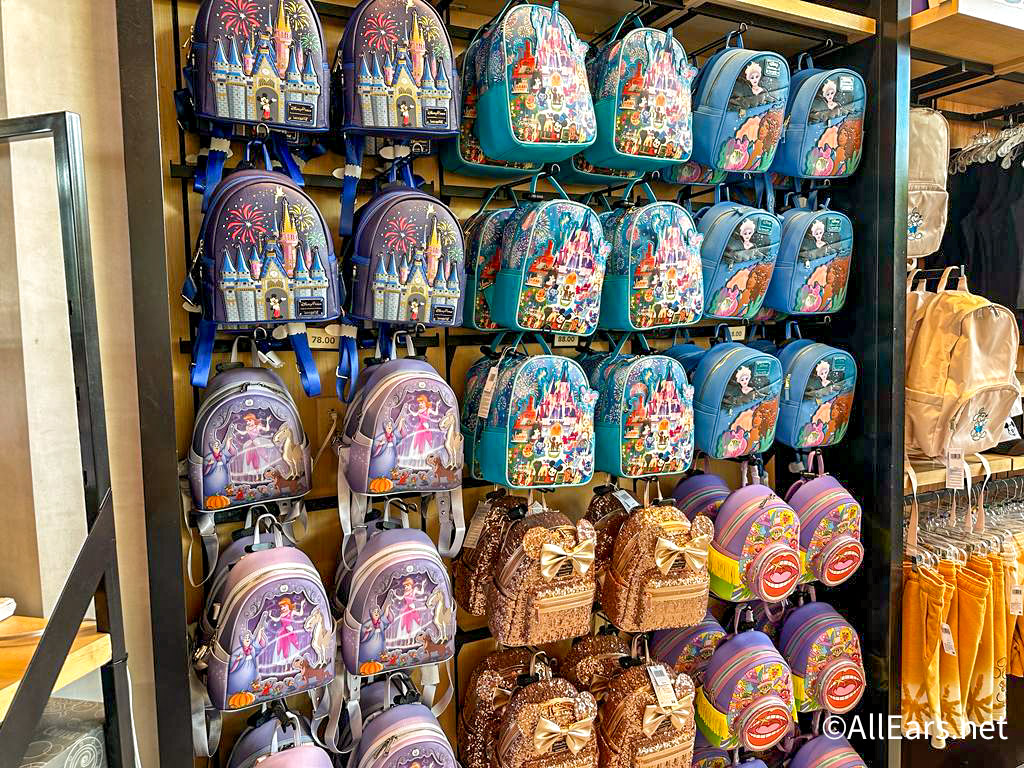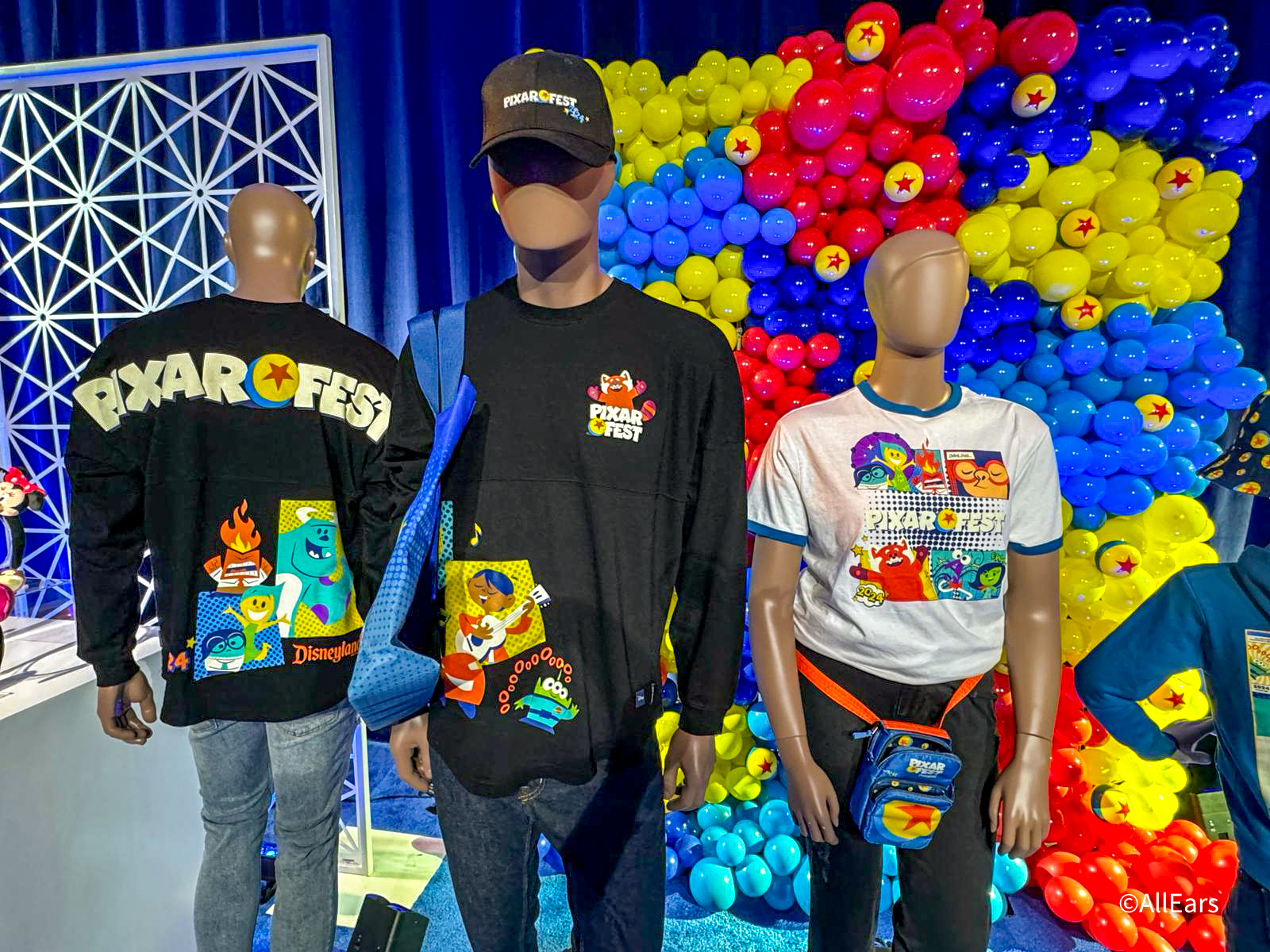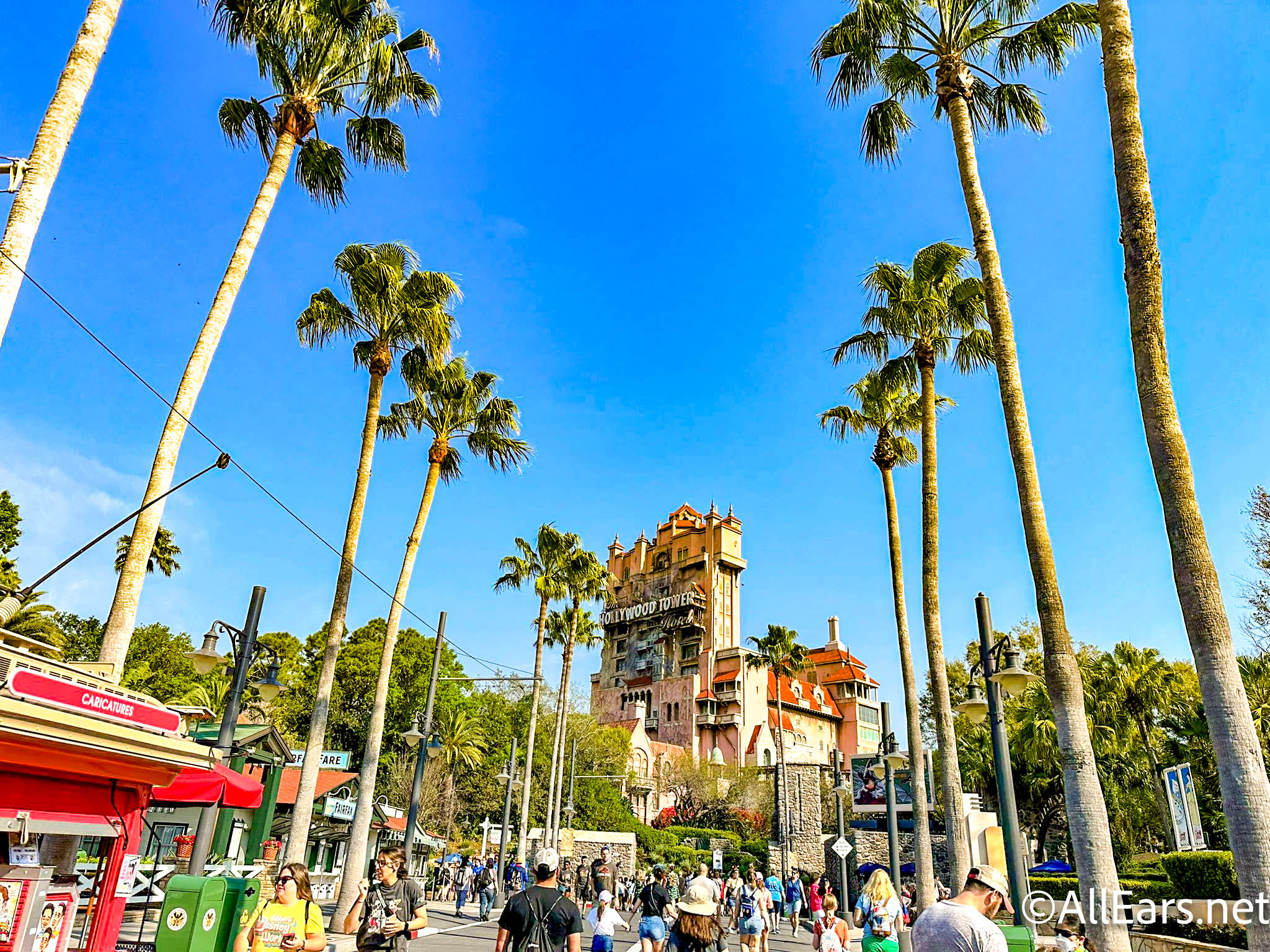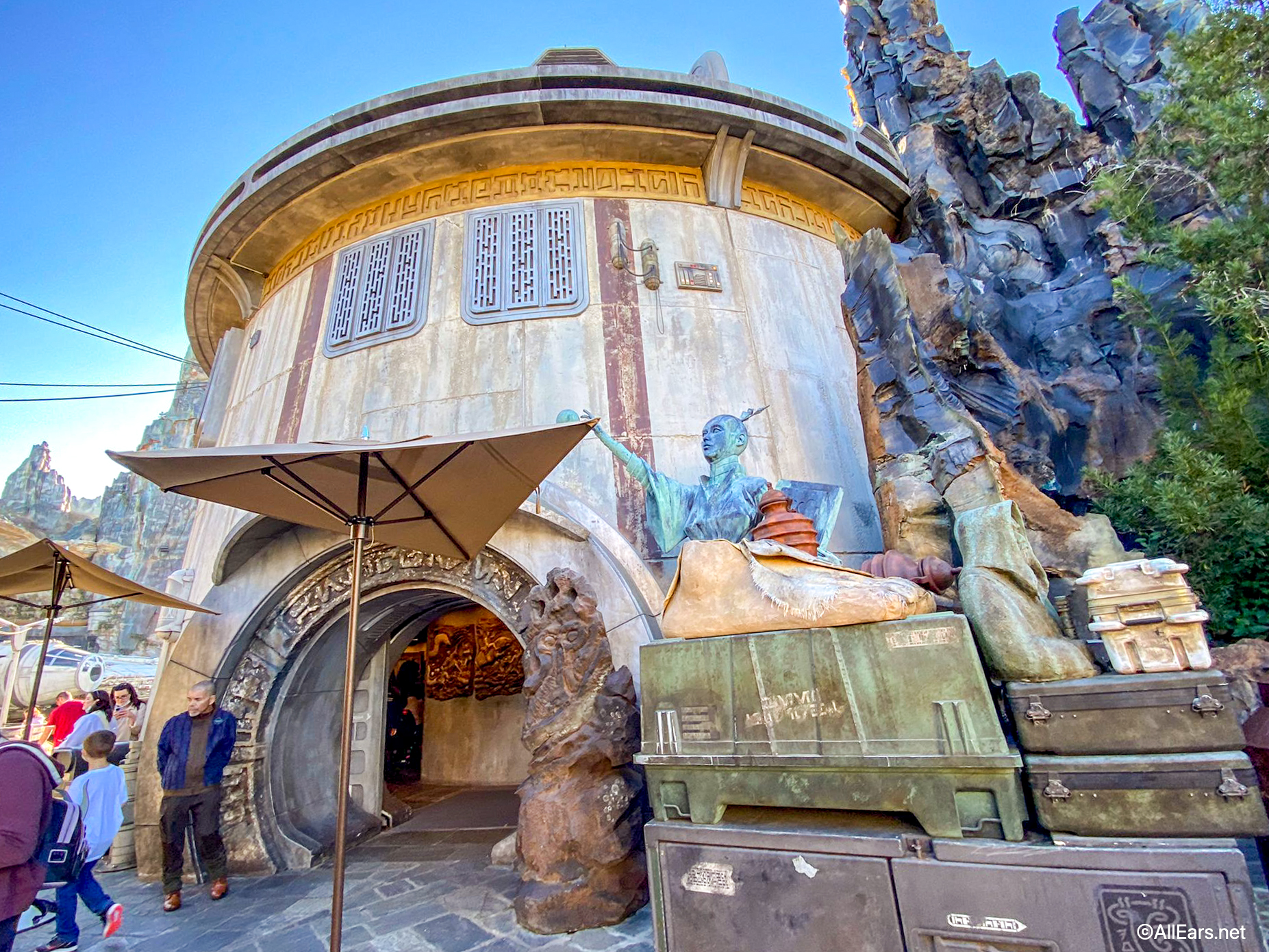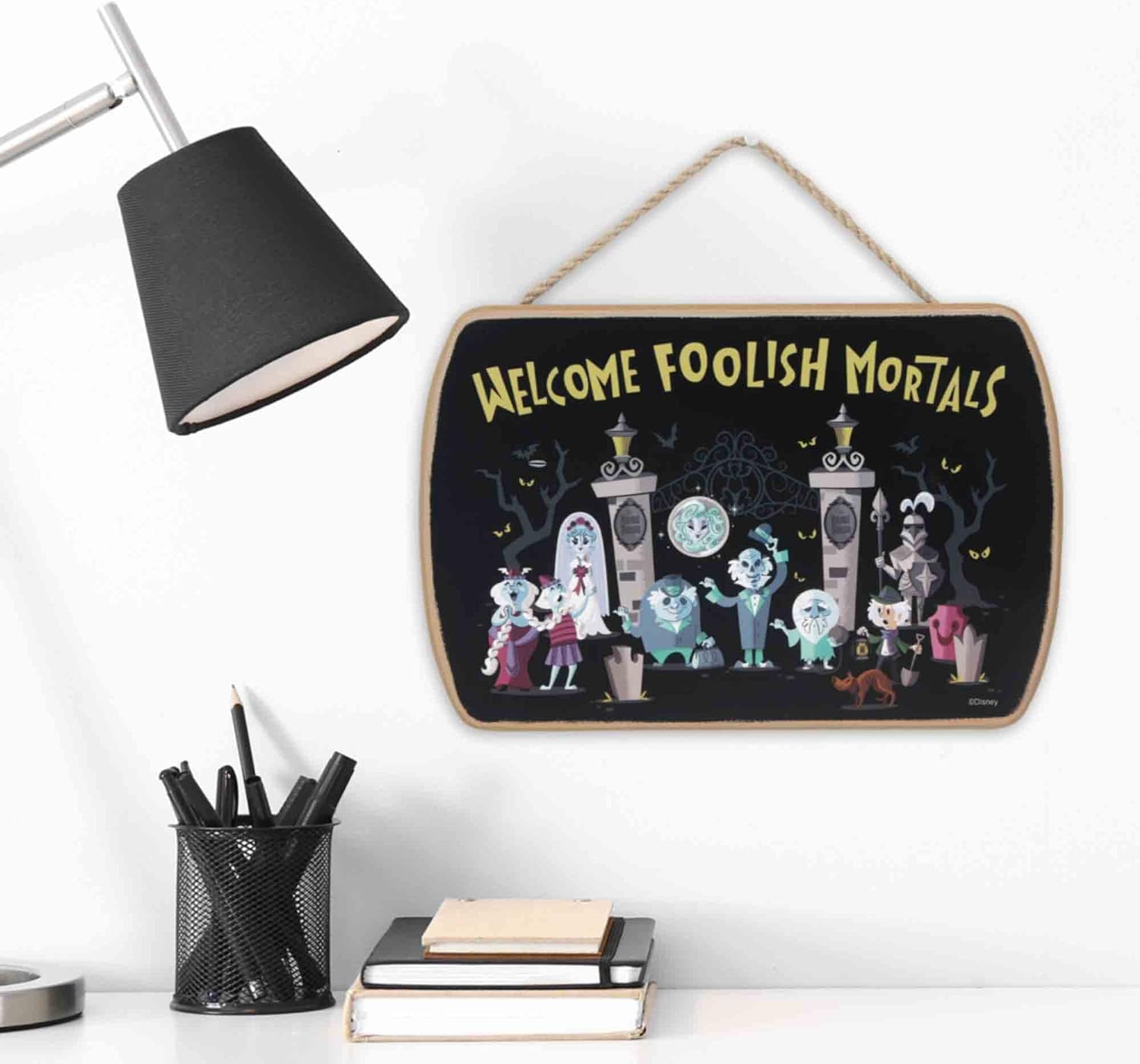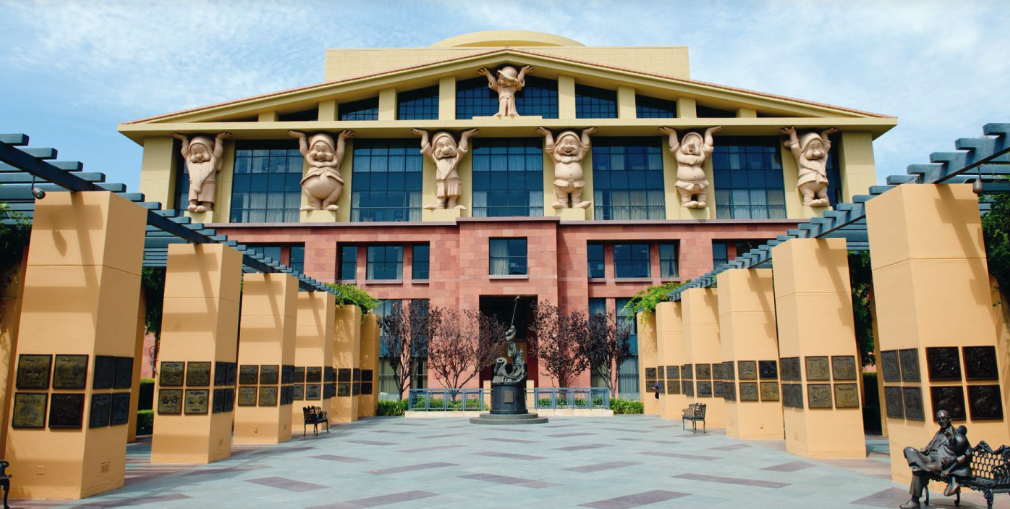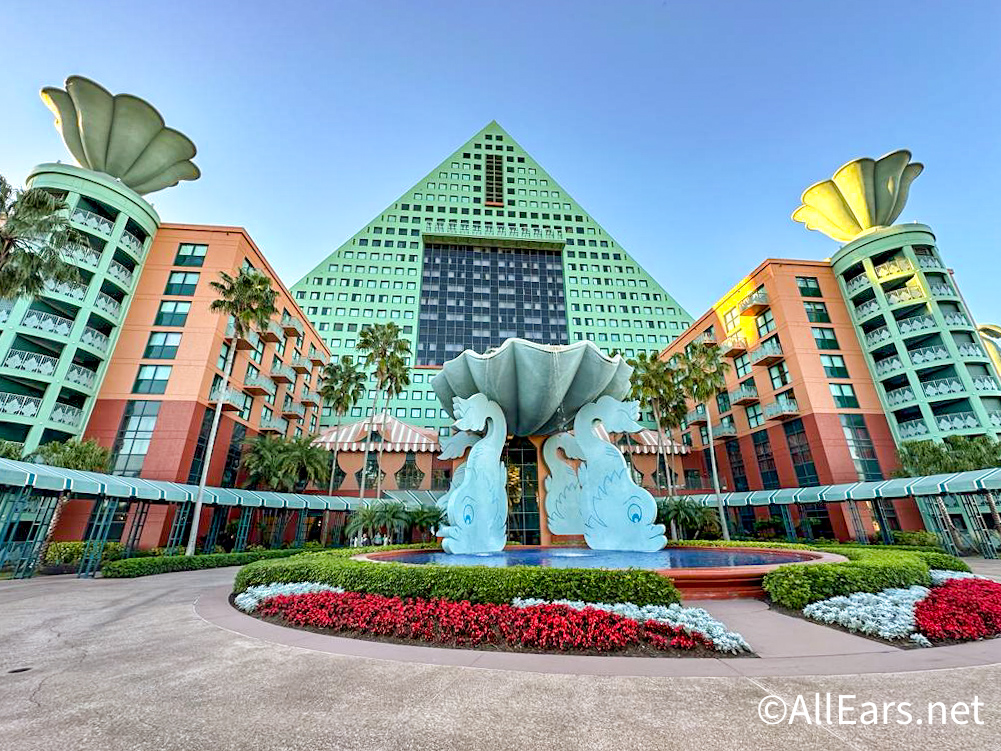The World’s Fair Goes to Walt Disney World
by Brian Martsolf, ALL EARS® Guest Columnist
Feature Article
This article appeared in the September 28, 2004, Issue #262 of ALL EARS® (ISSN: 1533-0753)
In 1964, Disney's Sunday night television program, The Wonderful World of Color, ran an episode called "Disneyland Goes to the World's Fair." This episode, according to Bill Cotter's book "The Wonderful World of Disney Television," began with an animated look at some past fairs, and then went on to look at some of Disney's exhibits under construction.
Some have said that part of Walt's reason for participating in the New York World's Fair of 1964-65 was to prove that the cosmopolitan big city folks who made up so much of the population back East had the same kind of taste for Disney's theme park attractions that folks out West had. At this point in time he was already considering building an "East Coast Disneyland."
Even though he might have wanted the information for potential financial backing for the project, I doubt Walt felt much need to prove his theory about folks on the East Coast. I believe the biggest draw to his participation in the Fair was the way the attractions would test and provide the technologies he wanted to use in future theme park endeavors. This pushing forward of ride technologies is particularly appropriate when you consider that the theme of that World's Fair was "The World of Tomorrow." You can see evidence of Walt's motivation in the fact that the attractions built for the Fair, in part or whole, were transplanted to Disneyland after the completion of the Fair.
Disney produced four shows for the 1964-65 World's Fair: Great Moments with Mr. Lincoln (built for the State of Illinois Pavilion), Progressland (built for GE), The Magic Skyway (for the Ford Pavilion), and It's a Small World (sponsored by the Pepsi Cola Company, with the proceeds to benefit UNICEF). The main shows from Pepsi's, GE's and Illinois's attractions were all transplanted more or less whole, back to Disneyland, though each of these pavilions had lesser elements that did not make the trip to California.
Today we take for granted realistic-looking animatronic figures in Disney attractions, like the Wicked Witch in the Great Movie Ride, the figures in the Pirates of the Caribbean, the presidents of the United States in the Hall of Presidents, and Mark Twain and Benjamin Franklin in the American Adventure. Looking back, we can see that the effects of the World's Fair attractions extended far beyond just those that returned to Disneyland, and even had an effect on the Walt Disney World that we know today. Mr. Lincoln is probably the best example of how far the technology and art form of Audio-Animatronics advanced in the very brief period between the opening of the Enchanted Tiki Room (in 1963) and the World's Fair.
The Ford Pavilion did not see many specific elements make it back to Disneyland other than some Audio-Animatronic dinosaurs that were used in a new diorama called the Primeval World. But the important contribution the Ford Pavilion had on Disney's attractions was found in the seeds of new ride systems — the Peoplemover and the Omnimover systems. You see, the Magic Skyway featured Ford automobiles guided down a track without the aid of a driver, making this attraction the forefather of the Omnimover and Peoplemover systems. These unique modes of transportation have been used in many attractions, like the Haunted Mansion, World of Motion, Horizons, and even Spaceship Earth! But even those dinosaurs from the World's Fair have an echo at Walt Disney World today. If you ever ride the Disneyland Railroad and see the Primeval World diorama, there's a very familiar pose between two of the dinosaurs, a Tyrannosaurus Rex locked in battle with a Stegosaurus. That same pose can be seen in a battle between an Allosaurus and a Stegosaurus in Ellen's Energy Adventure at Epcot.
The Small World attraction is also an example of an attraction that contributed a whole new ride system to Disney's repertoire of theme park technologies. In fact, the Pirates of the Caribbean attraction had already been planned on a much smaller scale at Disneyland. The area where the attraction is now had been dug up and structural steel had been put in place, but with so much work being done on the Fair it had ground to a halt. After seeing what new ride systems were doing for him at the Fair, Walt eventually had the built structure removed and a whole new ride experience designed.
Walt Disney World benefited from more than just the new ride system developed for It's a Small World. It also received the more advanced Audio-Animatronic figures developed for the Carousel of Progress (from the Progressland Pavilion), and Great Moments with Mr. Lincoln. As you can see, many of the attractions we enjoy at Walt Disney World owe a lot to that World's Fair.
Even Splash Mountain, in a roundabout way, owes its development to the 1964-65 World's Fair. You could also say it owes a debt to the development of the Magic Kingdom at Walt Disney World, and the United States celebration of the Bicentennial in 1976. As I mentioned earlier, the attractions from the World's Fair were transplanted to Disneyland upon the completion of the Fair. This included GE's Carousel of Progress, which, with its theme song "There's a Great Big Beautiful Tomorrow" intact, was added to Disneyland's "New Tomorrowland" expansion of 1967. But by 1973, General Electric wanted to add their presence to Disney's new Florida theme park and wanted to update the attraction as well. The Carousel's Audio-Animatronic occupant moved to Florida, and got a new theme song to reflect GE's emphasis on the here and now — "Now Is the Time." This left an empty Carousel theater in California at the time the United States Bicentennial Celebration was approaching, and Disneyland was looking for ways to celebrate. One of the ways they came up with was a show that explored the history of America's music using that same Carousel theater. The show was called America Sings, and it featured a large Audio-Animatronic cast of geese, weasels, possums, and even vultures. It was popular enough that it ran for many years even after the Bicentennial Celebration was over, but eventually in 1988 it closed. However, the Audio-Animatronic critters were not to stay idle long — in fact, as early as 1983, Tony Baxter, the well-known Disney Imagineer, came up with a new plan for the use of these characters (while stuck in traffic no less). That idea resulted in Splash Mountain, which opened just slightly more than two years after America Sings had made its final revolution on the Carousel turntable.
Epcot itself has often been referred to as a permanent world's fair. With its pavilions sponsored by countries and companies the parallel is not hard to see. And with perhaps some of the same motivations driving the sponsors (increased tourism for the countries that participate, and a chance for companies to show off where their technologies can take us, or to simply help the customer think of them in a positive context) that must be much of the reason for sponsorship in both world's fairs and Epcot.
For yet another connection between Walt Disney World and the 1964 World's Fair, take a look at the names on the ferries that carry people from the Ticket and Transportation Center to the Magic Kingdom. According to Captain Matt from WDW Watercraft, in honor of the upcoming 30th anniversary of the WDW resort in 1999, these ferries were renamed after some of the people important in the design of the parks and in the building of Walt Disney World — Richard F. Irvine, Admiral Joe Fowler, and General Joe Potter. Admiral Fowler and Richard Irvine had both been with Walt many years already when Walt Disney World was built, but General Joe Potter was hired away from the New York World's Fair as it was wrapping up. He, along with Admiral Fowler and Mr. Irvine, were leaders in the planning and construction of WDW. According to D. M. Miller in his book, "What Would Walt Do?": "After Joe Fowler moved to the site, it was General Potter who intercepted the media, the politicians, everybody who could distract the Admiral from his duties in getting the project built. As far as the public was concerned he was much better known than Admiral Fowler was. It looked to the outside world like the General was in charge of everything. He and the Admiral worked like hand and glove and pulled it off very well." With the addition of him to the project you can turn around the title of that Wonderful World of Color episode I mentioned earlier and declare "The World's Fair Goes to Walt Disney World."
========================
Brian Martsolf is a lifelong Disney theme park fan whose first visit to Walt Disney World was in 1996. He lives in Charlotte, NC, with his wife, Carlene, and works at a Tyco Plastics manufacturing facility. He also has his own Disney website, http://www.bigbrian-nc.com, which features trip reports (with lots of photos), a section on the history of Walt Disney World illustrated with its postcards, and articles on the Disney Internet community and Disney theme park souvenirs.
-o-o-o-o-o-o-o-o-o-o-o-
Editor's Note: This story/information was accurate when it was published. Please be sure to confirm all current rates, information and other details before planning your trip.

